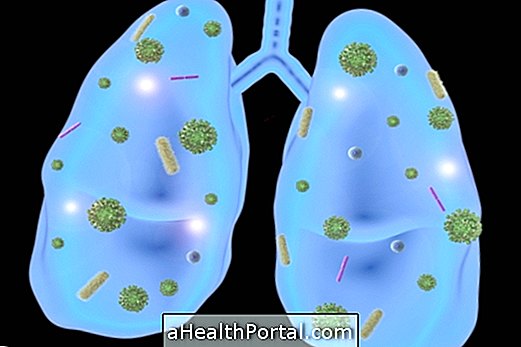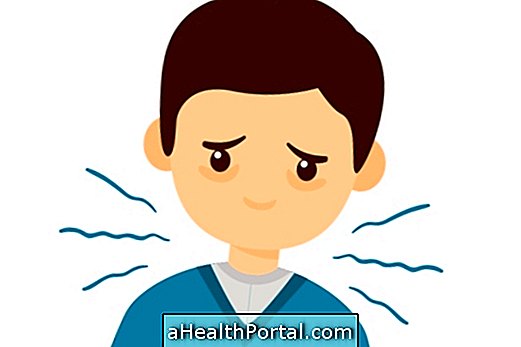Anosognosia corresponds to loss of consciousness and denial about the disease itself and its limitations. Generally anosognosia is a symptom or a consequence of neurological diseases, and may be common in early stages or more severe stages of Alzheimer's, schizophrenia or dementia, for example, being more frequent in the elderly.
There is no specific treatment for anosognosia, but usually the treatment for the cause of this condition is effective in reducing this symptom. However, what hinders treatment is the denial of the condition by the person himself, who refuses any kind of help.
It is important to stimulate that person's cognitive ability through puzzles, crossword puzzles or wordplay, for example, in addition to encouraging interaction with others, such as in group therapy, as it can help limitations, for example.

Signs of anosognosia
Anosognosia can be perceived by changing the person's sudden behavior, such as the emergence of behaviors with the purpose of drawing attention, for example. Other signs that may help both the physician and the family to identify anosognosia are:
- I always use the same clothing without being aware of it;
- Decreased hygiene habits;
- Mood changes by having your condition confronted by other people;
- Lack of awareness about your illness.
In addition, a person may find that they can move their arms normally, for example, when they can not, or find that they answered all questions correctly in a test, when they actually failed, and did not perceive the error. These signs should be observed by the family and communicated to the geriatrician so that the cause can be identified and treatment initiated.
Main causes
Anosognosia is usually a symptom or consequence of neurological conditions such as:
- Stroke: It is the interruption of blood flow to some region of the brain, causing paralysis of a part of the body, difficulty speaking and dizziness. Learn how to identify and treat stroke.
- Schizophrenia: It is a psychiatric disorder characterized by altered functioning of the mind leading to disturbances in thinking and behavior. Understand more about schizophrenia.
- Dementia: Corresponds to the progressive and irreversible loss of intellectual functions, which can result in loss of memory, reasoning and language, for example. See what are the symptoms of dementia.
- Alzheimer's disease is a neurodegenerative disease characterized by progressive changes in memory. Learn how to identify and what signs and symptoms of Alzheimer's.
- Hemiplegia: It is a type of cerebral palsy that strikes one side of the body. Know what is cerebral hemiplegia and its characteristics.
- Bipolar Disorder: Corresponds to the alternation of mood that can last for days, months or years. See what the symptoms, phases and types of bipolar disorder are.
The diagnosis is made by the neurologist or the geriatrician based on family reports and observation of the person's behavior, taking into consideration some factors such as language, memory, personality change and ability to perform a given task.
How is the treatment done?
Because he is not aware of his condition, the person with anosognosia usually does not accept psychological treatment or medication, since he feels that everything is okay with his state of health.
There is no specific treatment for anosognosia, but treatment for the cause, most of which is sufficient to eliminate this symptom. The best way physicians can reduce these symptoms is through neurological stimulation through cognitive stimulus activities such as word-of-mouth, jigsaw, or crossword puzzling, for example, in addition to physical exercise, psychotherapy, and therapy. group.
In addition, the person with anosognosia should be monitored periodically by the geriatrician or neurologist, so that the progress of the symptom and its general state can be noticed.























